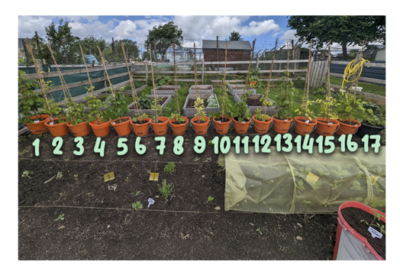Garden Maintenance and Schedules
Our regular monthly newsletter will be a constant friend and ally with timely advice and inspiration. Building a picture of what to do and when to do it will connect people more with the natural garden cycles and allow them to grow the right crops at the right time. Ideas such as succession sowing will ensure that growers feel in control, creating what they need, when they need it and avoiding the depressing cycles of feast and famine. Maintenance schedules are the ultimate way to regain control of your growing. Time away can be planned for in advance and harvests can be planned for with storage systems put in place.
So, what do we need to think about before we get started:
- Planning, chitting, forcing,
- Ground preparation, digging, feeding, composting, liming, mulching, resting
- Ordering and saving seeds
- Seed sowing under cover
- Planting out
- Thinning
- Irrigating
- Direct sowing, seeds tubers, rhizomes
- Containers
- Pruning, pinching out and dead-heading
- Offering support and protection from pests and frosts
- Harvesting and picking
- Cleaning and tidying
- Lifting and dividing
Creating a new productive garden can seem daunting with lots of factors to bear in mind. PFFA will offer advice and technical information to make this process as smooth and efficient as possible especially for the novice gardener. Even experienced gardeners can benefit from the collective pool of partially forgotten advice and know how to get the best from their veg patch. We can help you set out the process for assessing a site before any planning begins. Conducting a site appraisal begins an understanding of which factors are in play with any site. From this assessment well informed decisions can be made about any remediable actions that may be required, such a shelter belts, soil improvement, canopy lifting and the implementation of raised beds.
Why Plan for our Seasons?
Industrialisation and globalisation have combined to divorce people from the concept of seasonality in relation to their food. There are rhythms in nature which are a cornerstone of how food grows. Our bodies have adapted over thousands of years in accordance with the seasons. Working with this natural ebb and flow. Consumerism has further served to distance us from this innate and intuitive understanding. Supermarkets have gradually trained hoppers to expect the same produce all year round and set an expectation that vegetables should always be consistent. That they should always be of a uniform colour and look just like the in-store photography.
Real life is beautiful just as it is, warts and all. This choreographed expectation for out of season produce has resulted in fine green beans being flown in from Kenya, at a time of year when parsnips or winter cabbage are actually much more tasty, nutritious and are readily available, close at hand. By encouraging our members to seize back their growing sovereignty we will help to reconnect them to the concept of seasonality. Not as a trendy marketing idea, but as a solid concept that will underpin a more healthy approach to growing and eating. This understanding will also make growing itself easier as people tap into the common sense that tells them that a strawberry is far too high in water content to be tolerant of frost.




